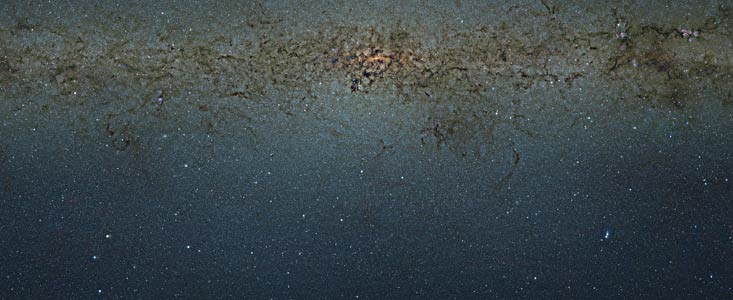Article by Elizabeth Howell for Space.com.
Via @mashable
Astronomers have discovered what may be the most massive black hole ever known in a small galaxy about 250 million light-years from Earth, scientists say.
The supermassive black hole has a mass equivalent to 17 billion suns and is located inside the galaxy NGC 1277 in the constellation Perseus. It makes up about 14 percent of its host galaxy’s mass, compared with the 0.1 percent a normal black hole would represent, scientists said.

.jpg)



